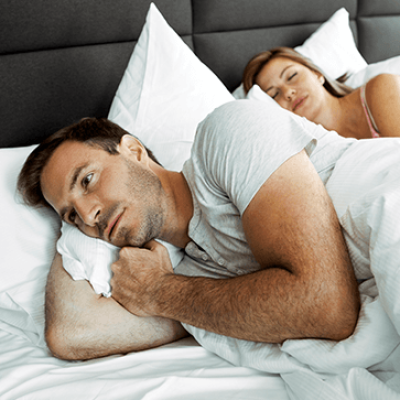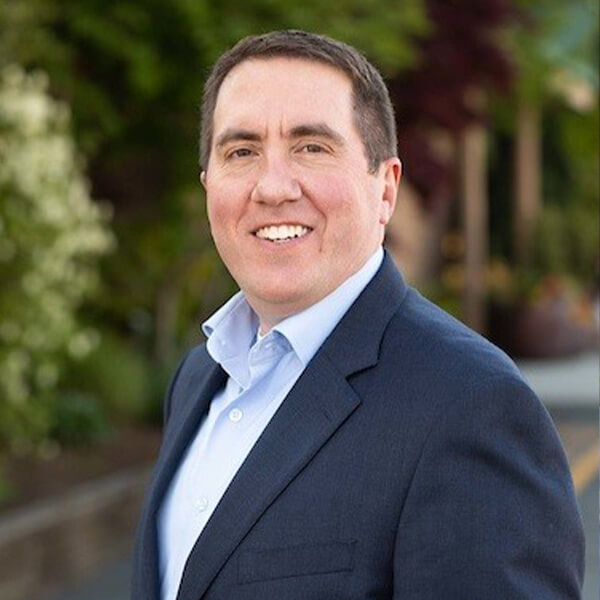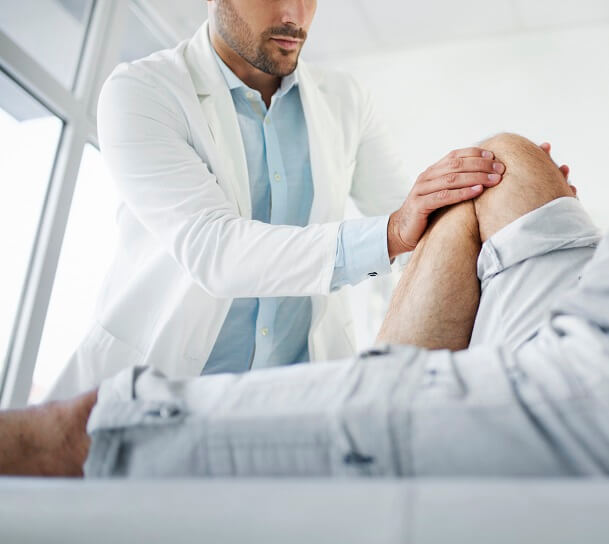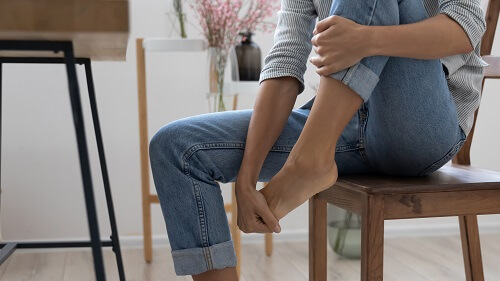Technological Advancements
Recent technological advancements and trends have made the diagnosis and treatment of sleep apnea more achievable for patients. Sleep studies used to be a lot more onerous, requiring spending the night at a medical center, sleeping in a hospital bed in an unfamiliar environment with cold/sterile equipment attached to your body and head. Today, at-home sleep studies are becoming the norm, accelerated by pandemic precautions and patient demand. As doctors, we often appreciate, like our patients, the more realistic snapshot of a patient’s at home sleep habits.
Wearables
In 2022, “wearables” or real time health monitors in the form of watches and rings are becoming more commonplace and the information they are providing patients and their doctors is exponentially growing. Smart phone apps have for some time attempted to delve into sleep disturbances, but the recent explosion of wearables, typically Bluetooth connected to a mobile device, have really changed patients’ immediate appreciation of sleep physiology and diagnostic acumen. The most common devices include the Oura ring, Fitbit watch, Motiv ring, THIM smart ring, and GO2SLEEP ring. The expense and now subscriptions associated with these wearables is seen by many as the leading barrier to more broad use. Patients able to afford this technology are typically excited about these innovative developments in personal wellness.
Inspire Sleep Apnea Innovation
The Inspire implant is easily one the most exciting advancements in bioengineering and sleep medicine in the last decade. Since the development of the Inspire device, FDA cleared since 2014, sleep medicine has experienced a true paradigm shift in how surgeons approach a significant group of patients with moderate to severe obstructive sleep apnea (OSA) who cannot tolerate continuous positive airway pressure (CPAP). CPAP is the primary initial treatment for OSA.
While over 20 million Americans suffer from moderate to severe OSA, researchers estimate less than 40% compliantly continue to wear their prescribed CPAP according to long term studies. These untreated patients frequently cite mask leakage, facial pain/irritation with mask use and hygiene, nasal congestion, throat pain/dryness, sleep position preference and sleep partner irritability with CPAP use as reasons they stop using CPAP. This leaves a significant number of patients emotionally and physically in the lurch, untreated yet fully aware of the problems they face. For these millions of patients, the Inspire implant has offered tremendous hope, and a chance to sleep in peace without a hose or a mask. The Inspire implant is a small pacemaker-type device placed during a same-day, outpatient procedure. The device works by gently stimulating the muscles of the tongue and palate when you want to inspire while asleep, allowing you to comfortably breathe and sleep peacefully. Patients return to work in less than a week, many patients taking over-the-counter pain medicine for just 3-4 days following their procedure.
In two sentinel studies looking at the success of Inspire implants, researchers found the following:
The Mayo Clinic and the American Academy of Otolaryngology has listed the Inspire device as one of the most innovative medical technology devices in the last decade. Put simply, the Inspire device has been a game changer for many patients with obstructive sleep apnea and probably the most exciting and innovative technological advancement in sleep medicine with a proven track record for more restful sleep.







